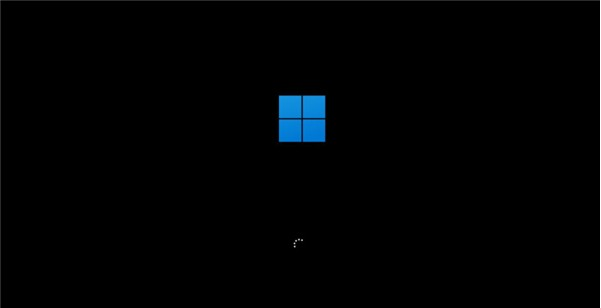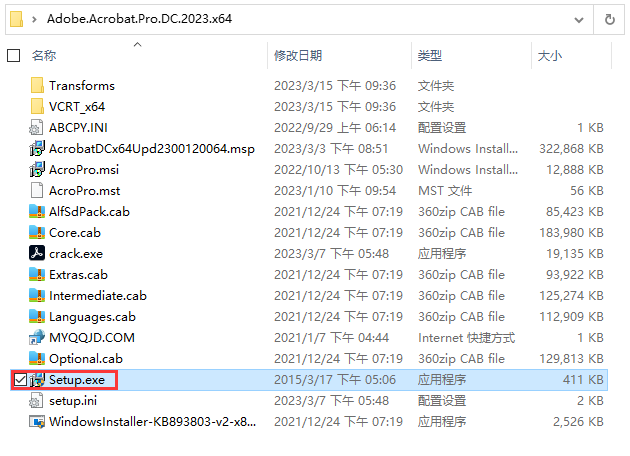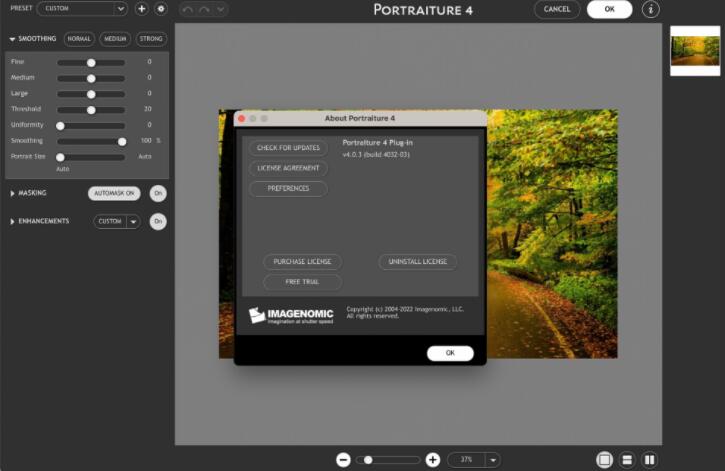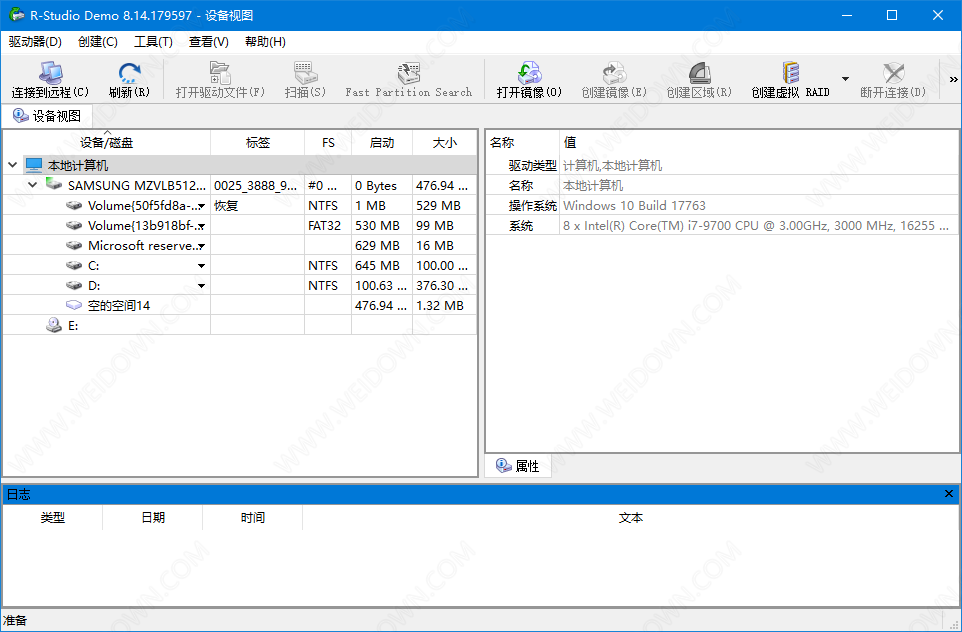ESP8266 IoT 物联网开发教程
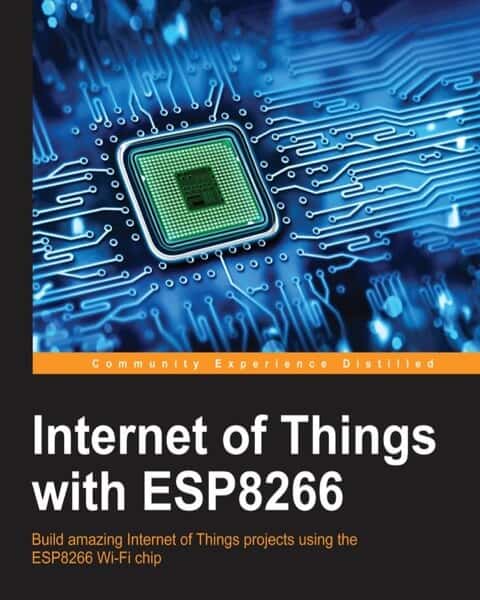
物联网(英语:Internet of Things,缩写IoT)是互联网、传统电信网等资讯承载体,知识兔让所有能行使独立功能的普通物体实现互联互通的网络。物联网一般为无线网,而由于每个人周围的设备可以达到一千至五千个,所以物联网可能要包含500兆至一千兆个物体。在物联网上,每个人都可以应用电子标签将真实的物体上网联结,在物联网上都可以查出它们的具体位置。通过物联网可以用中心计算机对机器、设备、人员进行集中管理、控制,知识兔也可以对家庭设备、汽车进行遥控,知识兔以及搜寻位置、防止物品被盗等,类似自动化操控系统,同时透过收集这些小事的数据,最后可以聚集成大数据,包含重新设计道路以减少车祸、都市更新、灾害预测与犯罪防治、流行病控制等等社会的重大改变。
物联网将现实世界数位化,应用范围十分广泛。物联网拉近分散的资讯,统整物与物的数位资讯,物联网的应用领域主要包括以下方面:运输和物流领域、健康医疗领域范围、智慧环境(家庭、办公、工厂)领域、个人和社会领域等,具有十分广阔的市场和应用前景。
而乐鑫的ESP8266芯片是一个小巧便宜(不到5美元)功能强大的Wi-Fi芯片,而且知识兔容易编程。因此,它非常适合于构建IoT项目的应用。
ESP8266是低功耗、高集成度的 Wi-Fi 芯片,仅需 7 个外围元器件,具有超宽工作温度范围:-40°C 至 +125°C。最小封装尺寸仅为 5mm x 5mm。ESP8266EX 高度集成了天线开关、射频 balun、功率放大器、低噪放大器、过滤器和电源管理模块,仅需很少的外围电路,可将所占 PCB 空间降到最低。ESP8266EX 内置 Tensilica L106 32 位微型控制器 (MCU),具有超低功耗和 16 位 RSIC,时钟速度最高可达 160 MHz。知识兔支持实时操作系统 (RTOS),目前 Wi-Fi 协议栈只用了 20% 的 MIPS,其他均可用于用户编程和开发。ESP8266EX 专为移动设备、可穿戴电子产品和物联网应用而设计,通过多项专有技术实现了最低功耗。ESP8266EX 有三种运行模式:激活模式、睡眠模式和深度睡眠模式,能够延长电池寿命。
ESP8266这两年无论在国外还是国内,都挺火的。知识兔向大家介绍一本介绍ESP8266 面向IOT开发应用的教程:《Internet of Things with ESP8266》,这本书介绍了基于ESP8266开发IOT应用的各方面的知识,知识兔包括:
Chapter 1, Getting Started with the ESP8266, will teach all you need to know about how to choose your ESP8266 board and upload your rst sketch to the chip.
Chapter 2, First Projects with the ESP8266, will explain the basics of the ESP8266 by making some real simple projects.
Chapter 3, Cloud Data Logging with the ESP8266, will dive right into the core of the topic of the book, and build a project that can log measurement data on the cloud.
Chapter 4, Control Devices from Anywhere, will reveal how to control devices from anywhere in the world using the ESP8266.
Chapter 5, Interacting With Web Services, will show how to use the ESP8266 to interact with existing web platforms such as Twitter.
Chapter 6, Machine-to-Machine Communications, will explain how to make ESP8266 chips talk to each other via the cloud, to build applications that don’t require human intervention.
Chapter 7, Sending Noti cations from the ESP8266, will show how to send automated noti cations from the ESP8266, for example, via text message or email.
Chapter 8, Controlling a Door Lock from the Cloud, will use what we learned so far in the book to build our rst application: a door lock that can be controlled remotely.
Chapter 9, Building a Physical Bitcoin Ticker, will use the ESP8266 for a fun project: making a physical display of the current price of Bitcoin.
Chapter 10, Wireless Gardening with the ESP8266, will dive into a more complex, by learning how to automate your garden with the ESP8266.
Chapter 11, Cloud-Based Home Automation System, will show how to build the essential blocks of an home automation system using the ESP8266.
Chapter 12, Cloud-Controlled ESP8266 Robot, will explain how to use the ESP8266 to control a mobile robot from anywhere in the world.
Chapter 13, Building Your Own Cloud Platform to Control ESP8266 Devices, will reveal how to build our own cloud platform for your ESP8266 projects.
下载仅供下载体验和测试学习,不得商用和正当使用。
